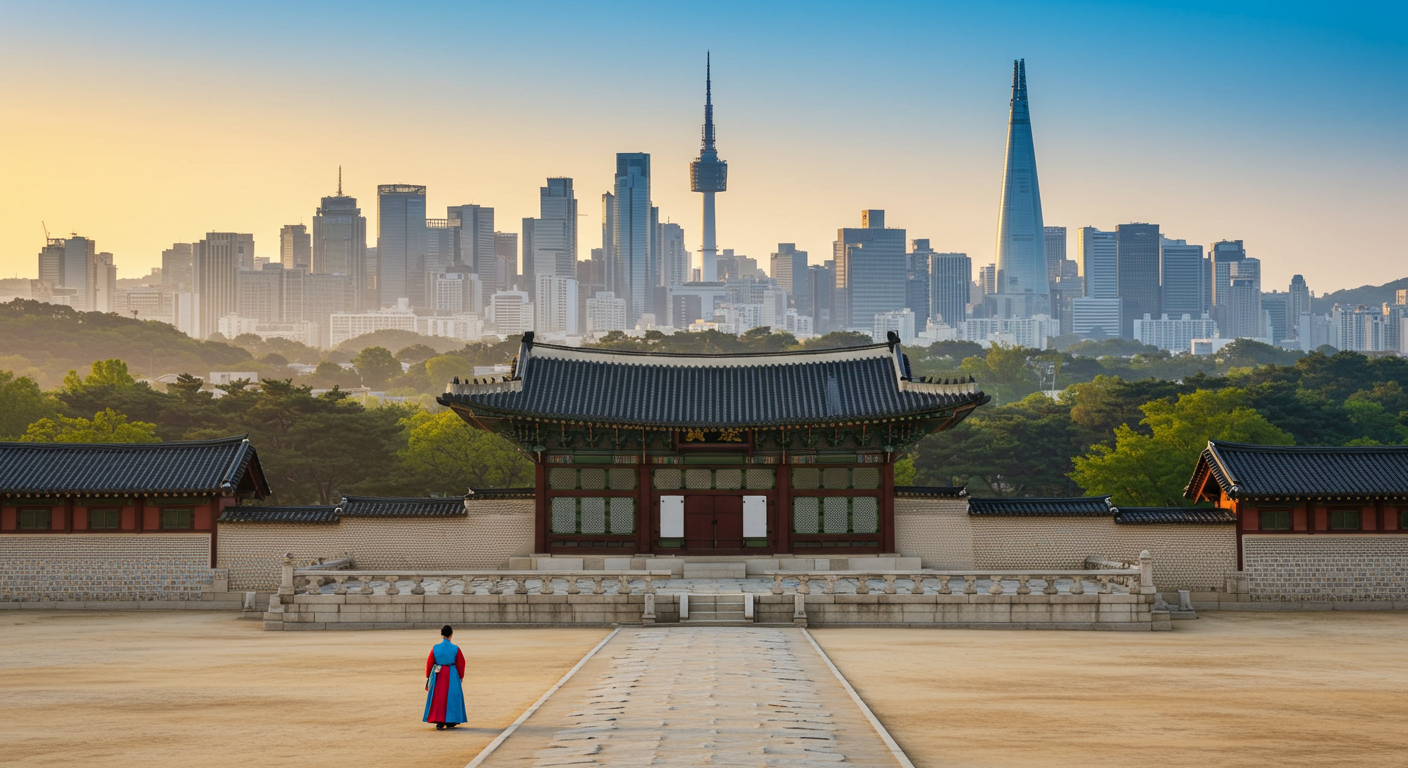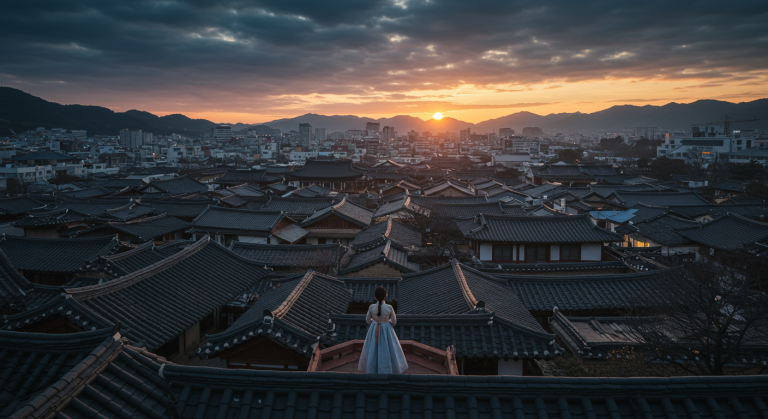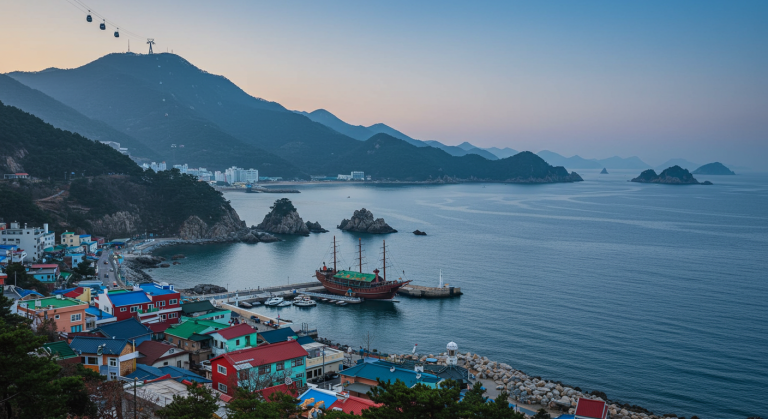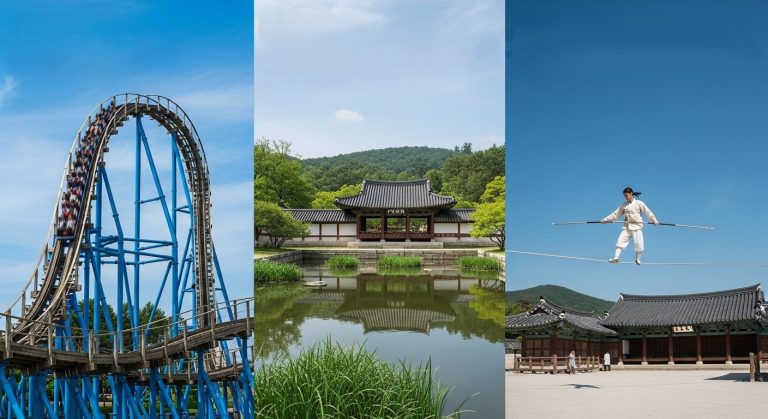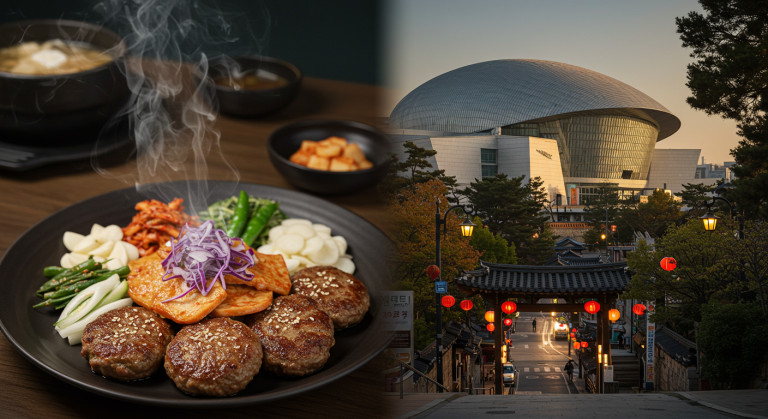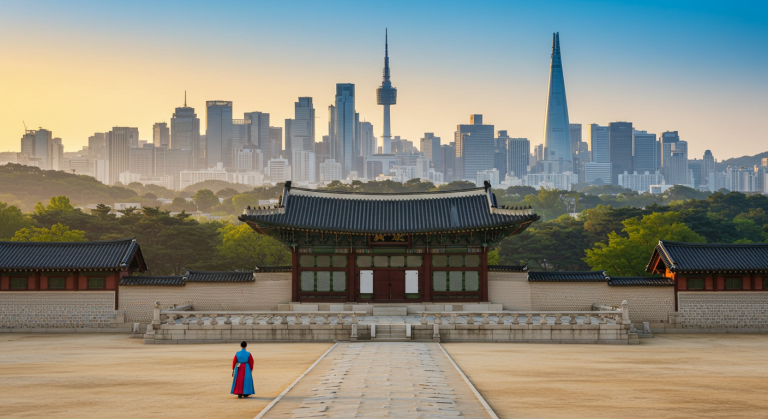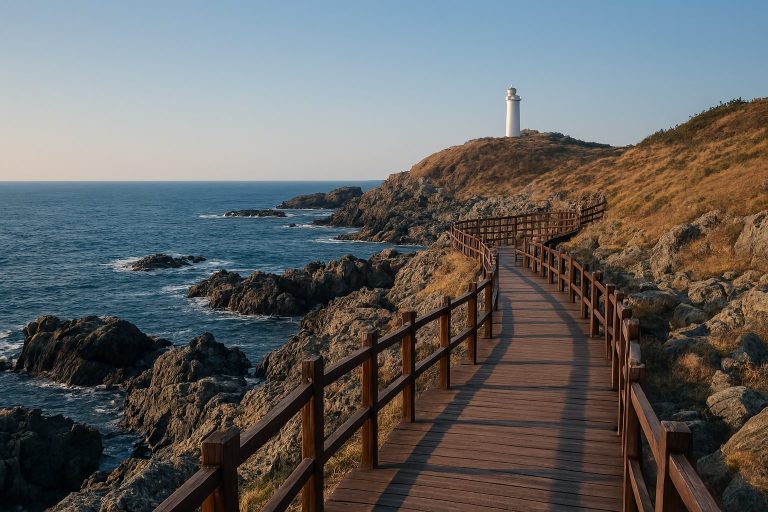Incheon: Beyond the Layover – Your Expert Itinerary for History, Islands, and Food

Let me start with a confession: I used to view Incheon as merely a transit point, a place to land and immediately head east to Seoul.
But after several extensive visits—each one peeling back a fascinating new layer—I realized I was completely wrong! Incheon is arguably South Korea’s most dynamic city, a place where the 19th-century meets the 22nd.
I found myself utterly captivated, walking from the faded Japanese concession zone straight into the futuristic glow of Songdo’s skyscrapers in the same afternoon.
It’s a city of powerful contrasts that demands your attention. This extended guide is designed to be your one-stop resource, covering everything from the perfect **Jajangmyeon** spot to the best quiet island escape, ensuring your Incheon trip is truly epic. Let’s embark on this deep dive! 🏙️➡️🏝️
1. The Open Port Area: A Living History Textbook
The area around Incheon Station is a historian’s dream, a palimpsest of Korea’s tumultuous modernization period.
When Incheon opened its port in 1883, the world rushed in, creating distinct **foreign settlements** that still define the architecture today.
**A. Chinatown and the Jajangmyeon Renaissance**
Incheon’s Chinatown is not only Korea’s only official one but also the birthplace of its signature dish.
The sheer variety of Jajangmyeon here—from traditional to gourmet white sauce versions—is staggering. Don’t just stick to the main street! Explore the quieter alleyways for smaller, more authentic establishments.
- **Cultural Landmark:** Climb the **Samgukji Mural Street** (Three Kingdoms Mural) staircase. It provides an unexpected lesson in classical Chinese literature set against the backdrop of the modern city.
- **Architecture Hunt:** Look for the remnants of the **Boundary Stone** that once separated the Chinese settlement from the Japanese one—a subtle, powerful reminder of historical geopolitical friction.
**B. Japanese Concession & Modern Architecture Museum**
The former Japanese settlement is characterized by solid, early 20th-century brick buildings that now house cafes and museums.
A must-visit is the **Incheon Modern Architecture Exhibition Hall**, which showcases the architectural evolution of the Open Port Area and its role in Korea’s history.
I found that the quiet streets here, contrasting sharply with the loud vitality of Chinatown, offered a perfect space for reflection.
Make sure to check out the **Incheon Open Port Museum** for exhibits detailing the daily life and trade of the 1880s.
The exhibits provide the necessary historical weight, making the view from MacArthur’s statue much more impactful and meaningful.
2. Songdo International Business District: The Ubiquitous City
Songdo is not just a collection of tall buildings; it’s a globally recognized **Ubiquitous City**—a place where technology is seamlessly integrated into infrastructure.
This planning marvel offers visitors a look at what future urban centers might look like.
**A. Central Park Activities and Architectural Highlights**
Beyond the famous **water taxi** ride (which I highly recommend for the best skyline photos!), Central Park is a hub of recreation.
You can rent traditional-style **Hanbok** and paddle a kayak down the canal, creating a surreal and unforgettable photo opportunity blending old and new Korea.
The architecture here is deliberate and symbolic.
The **Tri-bowl** is a testament to cultural innovation, while the massive **Convensia** convention center features one of the world’s largest unsupported roof spans—an engineering feat worth appreciating.
**B. Global Presence and Smart Infrastructure**
Songdo is home to major international organizations, most notably the **Green Climate Fund (GCF)** headquarters.
This gives the area a truly cosmopolitan feel, with residents and visitors from all over the globe.
The “smart” aspect goes deeper than the automated trash system.
The city uses advanced sensors to manage energy usage, monitor traffic, and even track air quality in real-time. It’s a fascinating case study in modern urban sustainability and efficiency.
While you may not tour a residence, this level of connectivity defines the whole district.
3. Islands & Coastal Bliss: Deep Dive into the Archipelago
Incheon’s islands offer diverse experiences, from easy-to-access resorts to remote, untouched nature reserves.
The coastal area demands a full day or even an overnight stay to truly appreciate its unique, ever-changing atmosphere, heavily influenced by the tide.
**A. Wolmido, Yeongjongdo, and the Seaside Vibe**
The **Wolmi Sea Train** (monorail) provides a scenic, elevated route connecting Wolmido to the mainland, bypassing traffic and offering great views of the harbor.
The island itself is a non-stop carnival, especially around the infamous **Disco Pang Pang**—an absolutely hysterical ride that is more about the DJ’s antics than the spinning itself!
If you want a quieter coastal experience, stick to the **Yeongjongdo** beaches like **Eurwangni** or **Wangsan**, which offer clean sand and great facilities perfect for a seaside lunch of fresh sashimi.
**B. Remote Retreats: Deokjeokdo Island**
For travelers seeking a deeper escape, consider **Deokjeokdo Island**.
It’s one of the largest islands south of Incheon and is famous for its lush forests and the pristine **Seopori Beach**, known for its beautiful pine trees.
This island requires a ferry ride from the Incheon Coastal Passenger Terminal, making it a proper overnight getaway.
The slow pace of life and abundant hiking trails make it a perfect place to genuinely unplug.
Always book tickets online in advance and confirm the schedule the morning of your trip. Don’t rely on last-minute plans for remote islands.
4. Incheon’s Vibrant Culinary and Cafe Scene
Incheon’s food scene goes far beyond Jajangmyeon and is deeply rooted in its port identity, blending local Korean tradition with international flavors.
Eating through Incheon is a major part of the travel experience!
**A. Sinpo Market & The Famous Fried Chicken**
**Sinpo International Market** is a culinary landmark. While famous for **Dakgangjeong** (a sticky, sweet-and-spicy fried chicken), be sure to try the other market staples.
Look for *mandu* (dumplings) and the traditional *eomuk* (fish cakes) often served in a hot broth—perfect for a chilly evening.
My personal anecdote: I once stood in line for 45 minutes for Dakgangjeong only to find out they only took cash!
Luckily, there was an ATM nearby, but it taught me a valuable lesson: always carry some cash, especially at traditional markets.
**B. Coastal Cuisine and Cafe Culture**
Incheon’s proximity to the sea means fantastic, fresh seafood. Head to the **Soraepogu Port** area for bustling fish markets and restaurants serving massive, simmering pots of spicy seafood stew (**Haemul-tang**).
It’s an experience that engages all the senses, often enjoyed with local *Soju*.
Don’t miss the burgeoning local coffee scene, particularly in the **Gaehangro** district near the Open Port Area.
Old, historical buildings have been repurposed into trendy, unique cafes, often with stunning interiors that pay homage to the area’s history. It’s the perfect spot for an afternoon coffee break.
5. Advanced Planning: Itinerary Decision Matrix
Incheon offers so much, deciding how to allocate your time can be tough. Use this matrix to compare the main experiences and build an itinerary that perfectly suits your travel style.
| Destination Focus | Travel Style Match | Time Allotment | Key Transportation |
|---|---|---|---|
| **Open Port Area & Chinatown** | History Buffs, Foodies | Half Day (4-6 hours) | Subway (Incheon Stn), Walking |
| **Songdo Smart City** | Architecture, Modernity, Families | Half Day (4-6 hours) | Subway (Central Park Stn) |
| **Ganghwado Island** | Nature, Ancient History | Full Day (8+ hours) | Express Bus, Rental Car |
| **Deokjeokdo Island** | Relaxation, Hiking, Beaches | Overnight (2 Days) | Ferry (Coastal Terminal) |
Conclusion: Incheon, The Unforgettable Korean Experience
Incheon truly offers a complete travel experience—a destination that challenges you to look deeper than its airport facade.
It stands proudly as the nexus of Korea’s tumultuous past, its ambitious, technology-driven present, and a truly beautiful natural coastline.
Whether you are savoring the deep flavors of the past in the Open Port Area or gliding across the water in Songdo’s canal, Incheon is guaranteed to surprise and delight you.
So, make the decision to stay a while. Your Korean adventure starts not in Seoul, but right here, in the heart of Incheon. Happy exploring! 🥳
